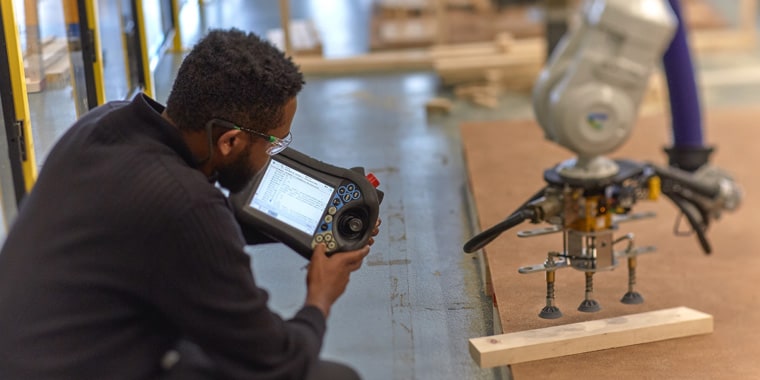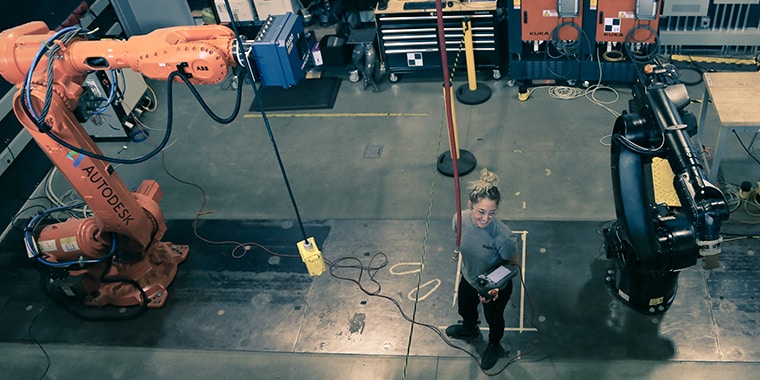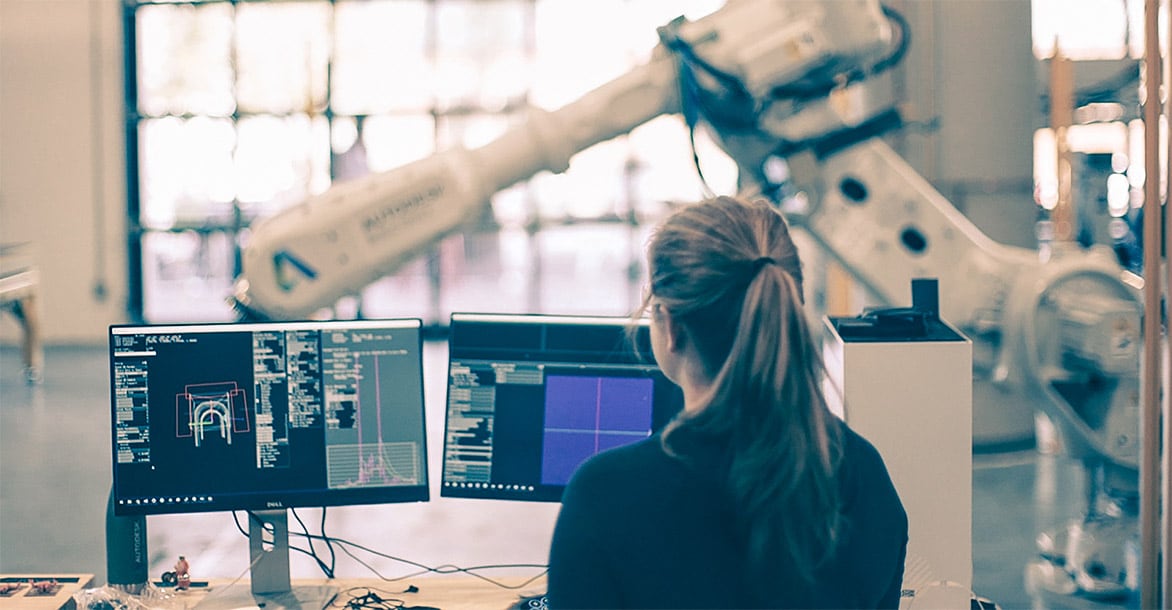HOWICK
Expanding the boundaries of what is possible for both onsite and offsite industrialized construction, Howick’s equipment provides a digital-design-to-automated construction solution for the technology center community.
Expanding the boundaries of what is possible for both onsite and offsite industrialized construction, Howick’s equipment provides a digital-design-to-automated construction solution for the technology center community.
Area of Research:
Architecture, Engineering, and Construction
Location:
Boston
Construction waste accounts for an estimated 40% of US solid waste production. Howick is helping to reduce material waste and enhance labor efficiency through innovative uses of their roll forming machines, with projects ranging from factory-produced modular housing units to framing systems for site-cast concrete parking structures.
During their ongoing two-year residency at the technology center in Boston, Howick has collaborated with Strucsoft, the makers of an interoperability workflow to develop new ways of linking digital models to their automated roll-forming equipment.
As part of their residency, the team worked with Autodesk and a group of local contractors on the automated onsite construction of the customer briefing space within the technology center. Working together, the team eliminated almost all framing waste and achieved a significant reduction in the project timeline.
Additionally, Howick and StrucSoft worked with a team of students from Virginia Tech’s Center for Design Research and a specialty contracting group, KHS&S, to produce a full-scale clinic over the course of a few hours, live at Autodesk University. Simply put, they hoped to answer the question: “What if you could build a needed structure–like a clinic, school, or house–in half the time with less waste?” That’s what’s possible when a dynamic community of innovators comes together at the technology centers.
Perkins + Will’s Technology Lab leveraged its previous research into mass timber and robotic fabrication, combining expertise across offices in a year-long effort.
CW Keller & Associates research engineers have been able to advance field and shop strategies through supported access to advanced hardware and software solutions.
Faced with the reality that his nephew may spend the rest of his life wheelchair bound, Trexo co-founder Manmeet Maggu was determined to build a device to help his nephew walk.
The residency program provides open workspaces and equipment for teams doing forward-looking work in the areas of construction, manufacturing, and emerging technologies.


